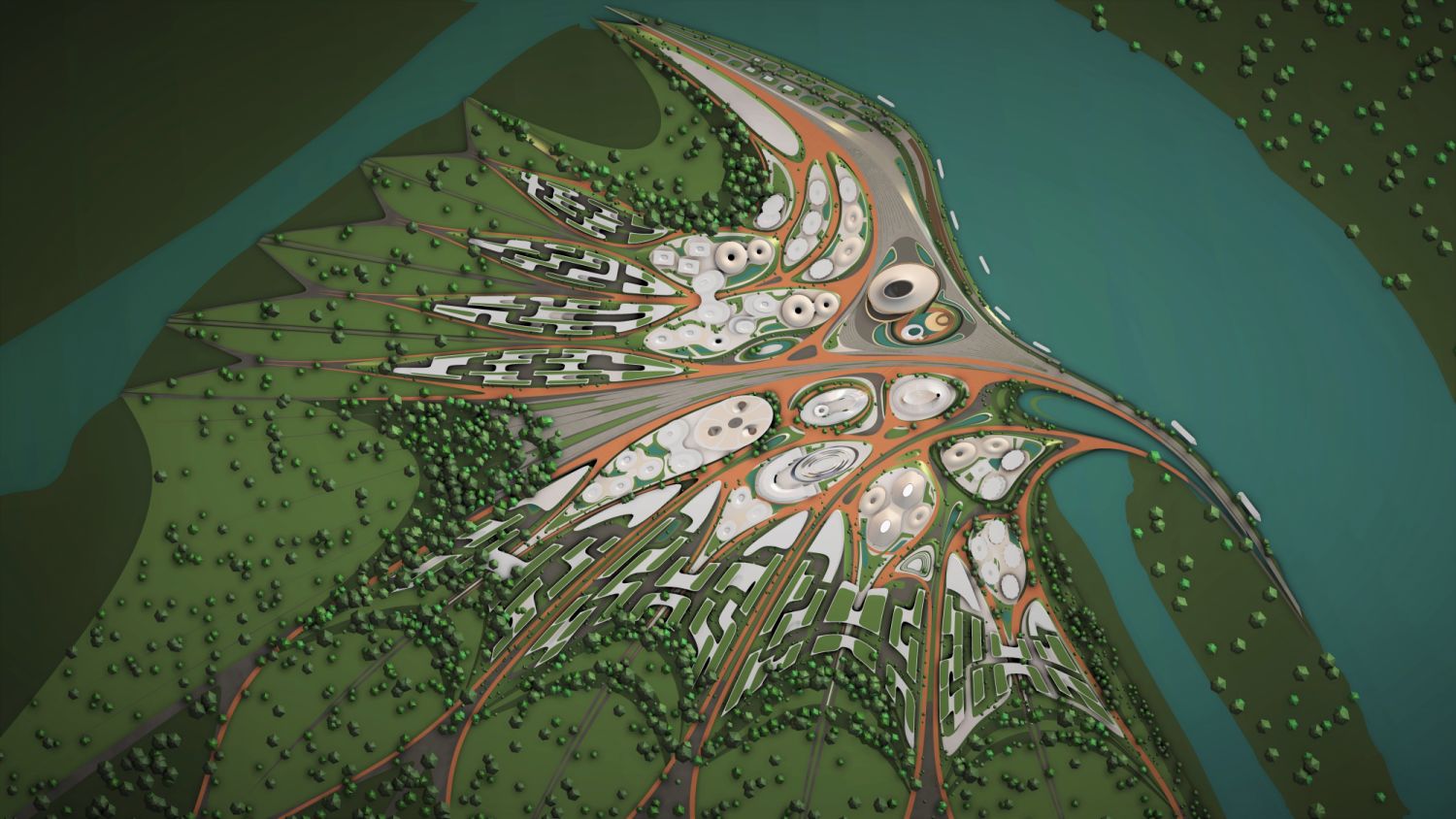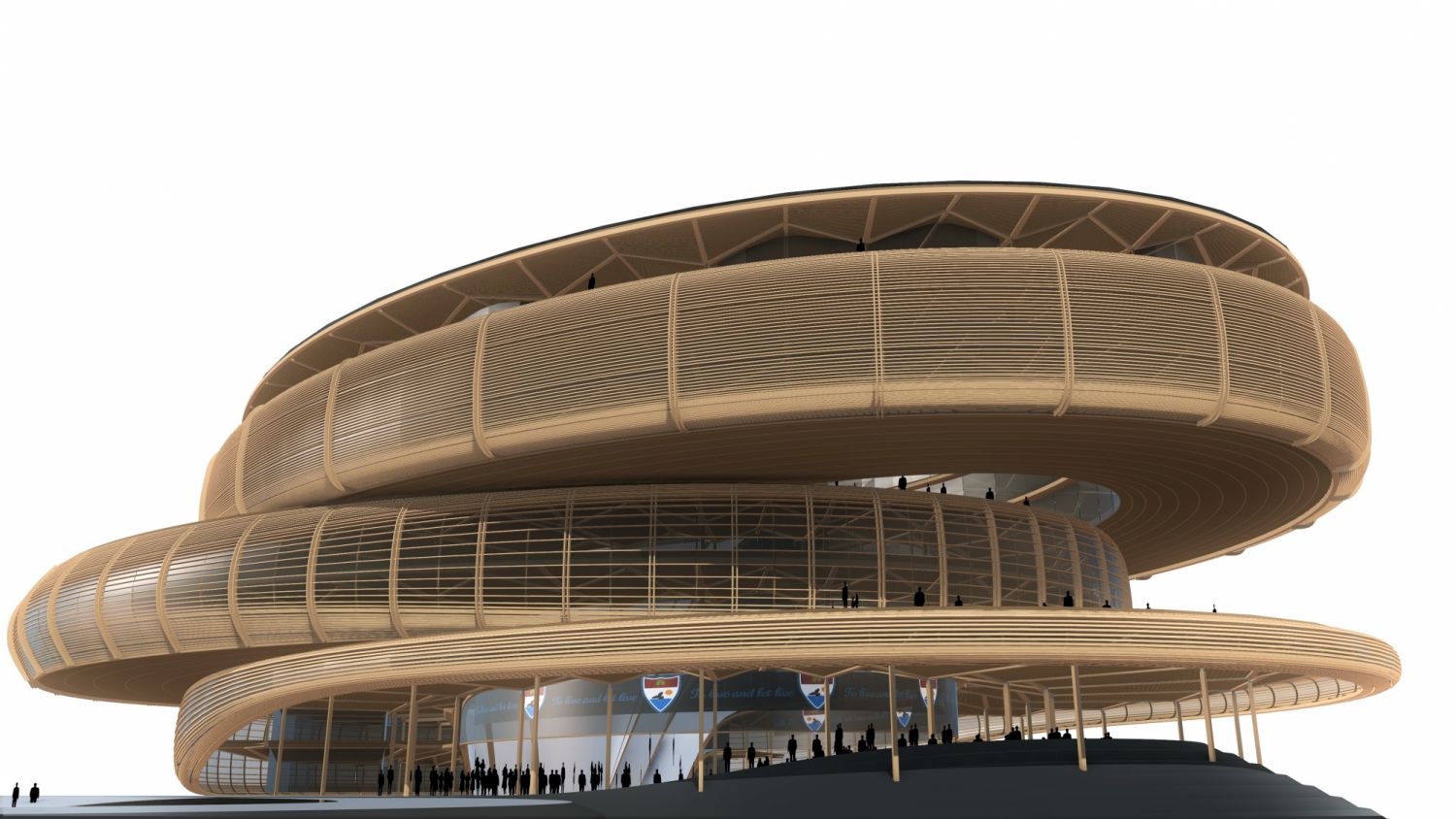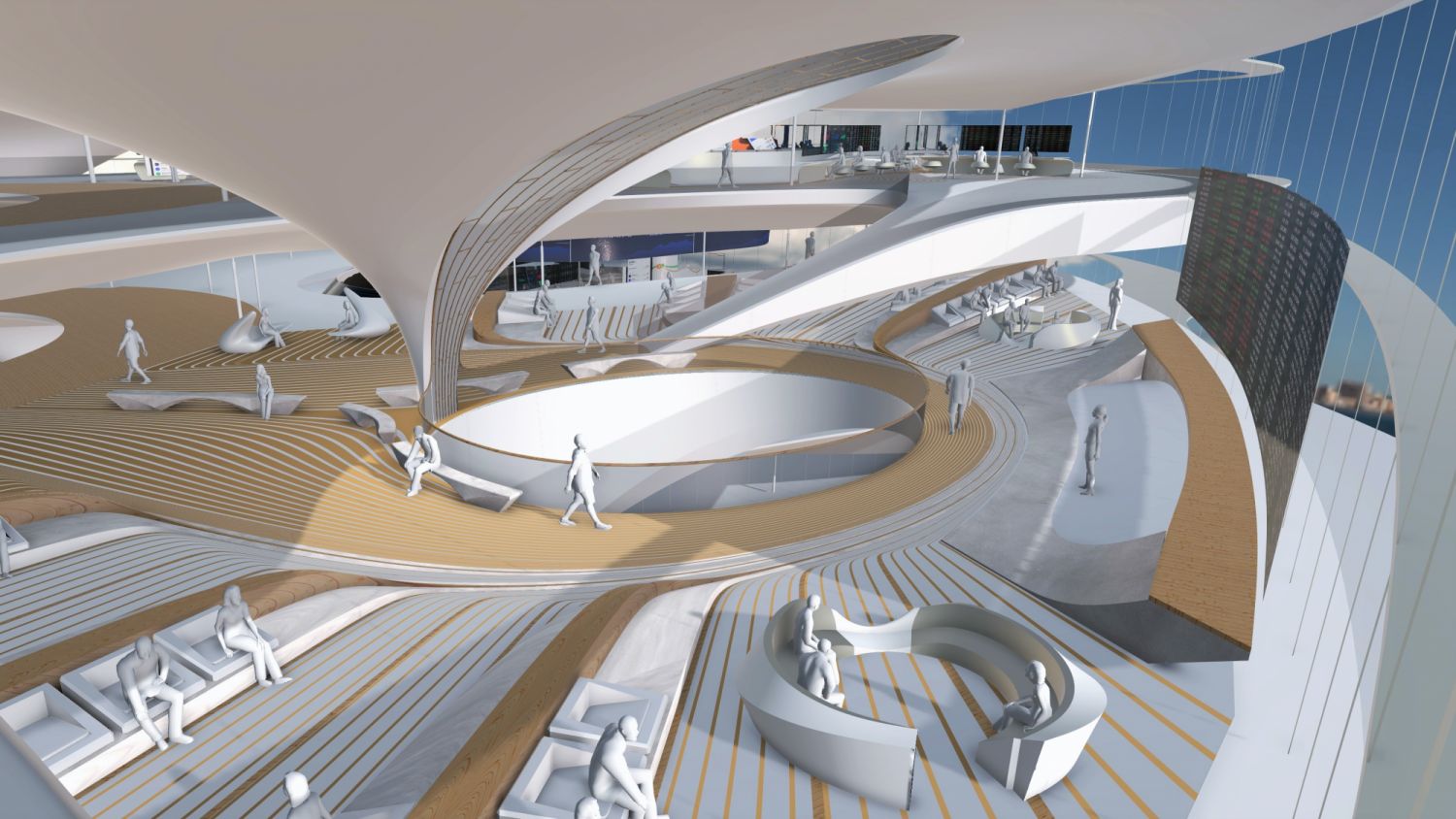Tatler learns how architects across the globe are building in the virtual world. Additional reporting by Jennifer Choo
The rise of the metaverse means boundaries between physical and virtual realities continue to blur—something that has inspired architects, who are well versed in the design and construction of buildings, to take their talents to the digital sphere.
In case you missed it: Why Does This Luxury Mansion Have a NFT Gallery?

For George Bileca, the CEO of virtual reality specialist Voxel Architects, which is based on the Portuguese-administered island of Madeira, constructing in the metaverse “feels like reinventing the wheel”. “The challenge is in switching architects’ and designers’ mentality,” he says. “This is something completely new.”
The firm made a splash in the crypto world in February when it announced it was creating a 1:1 virtual replica of an 11,000 sq ft, seven-bedroom, nine-bedroom luxury mansion being built by Meta Residence, founded by luxury home builder and NFT collector Gabe Sierra. The virtual property is in The Sandbox, while the brick-and-mortar home is under construction in Miami. Both properties will be auctioned at the end of 2022 by One Sotheby’s International Realty as a single lot, and the winning bidder will have ownership rights to both the real home and its virtual counterpart. Dubbed Meta Residence One, it is a project that the firm says is the first of its kind in the world.









